Komentáře / Otázky (11)
![]() Vibeke napsala:
Vibeke napsala:
Sikkert dumt spørsmål men det står man skal hekle sammen rutene på langs og deretter på tvers, blir usikker på hva dere mener jeg da? Tvers trodde jeg var på skrå egentlig🤔🙈
02.07.2024 - 23:41Odpověď DROPS Design :
Hej Vibeke læs vandret / lodret ;)
03.07.2024 - 08:03
![]() Jill napsala:
Jill napsala:
I blocked the granny squares before assembling. Then, to assemble I used the slip stitch method. I found that the blanket was more relaxed and smooth using this method. Thank you for the pattern!
24.04.2024 - 18:00
![]() Fernanda napsala:
Fernanda napsala:
Hello. The explanation for the assembly and edge doesn't make sense to me. In the pictures, it looks very different to what they explain above. I don't see "1 double crochet around the chain-space in the corner, * 3 chain stitches, 1 double crochet around the space between treble-crochet groups *". I thought it was assembled using crochet squares together with slip stitches. Can you please help me with this? Thank you!
25.01.2024 - 19:45Odpověď DROPS Design :
Dear Fernanda, the squares are here crocheted together, this video shows a similar way to crochet squares together (with less chain stitches between double crochets, but the squares are different, just follow the instructions to the baby blanket). Or you can also crochet them together with slip stitches - see this video. Happy assembly!
26.01.2024 - 07:54
![]() Mario Rotello napsala:
Mario Rotello napsala:
Dal secondo giro in poi, non c'e' nessuna catenella tra le maglie alte? solo le 3 negli angoli? Grazie
06.02.2023 - 22:11Odpověď DROPS Design :
Buonasera Mario, si, è corretto. Buon lavoro!
13.02.2023 - 22:54
![]() Dana napsala:
Dana napsala:
Unfortunately, I cannot report it myself. It can only be the company or someone that is able to legally represent the company. Sorry!
05.11.2022 - 03:17
![]() Dana napsala:
Dana napsala:
Hello! I came across a seller on Etsy that is selling your Tutti frutti basket set pattern. He used the same picture you have here on the site. This is not the first free pattern that he has taken and sold for money as I've contacted three other creators just this week. The shop name is HerculesHooks if you're interested in seeing for yourself and taking action.
04.11.2022 - 03:05Odpověď DROPS Design :
Dear Dana, thanks for the info - please feel free to help us by reporting this on Etsy. Happy crocheting!
04.11.2022 - 08:01
![]() Almudena Pérez napsala:
Almudena Pérez napsala:
Me podríais decir la medida de esta manta? Gracias,
26.08.2022 - 13:05Odpověď DROPS Design :
Hola Almudena, puedes ver el tamaño en la sección de materiales: 54 x 63 cm.
27.08.2022 - 20:20
![]() Florence napsala:
Florence napsala:
Wederom een superleuk patroon. Door de duidelijke uitleg makkelijk in eigen gekozen kleuren uit te voeren. Ik heb de wol via de link besteld. Prima berekende hoeveelheid.
08.05.2022 - 16:15
![]() Daniela napsala:
Daniela napsala:
Non mi e' molto chiaro il diagramma. Quando inizio un nuovo giro, si devono fare 3 catenelle e poi le 3 maglie alte? Non si crea una fila di catenelle extra? (quelle che stanno in diagonale nel diagramma) Poi dal secondo giro in poi, non c'e' nessuna catenella tra le maglie alte? solo le 3 negli angoli? Grazie
26.04.2022 - 21:19Odpověď DROPS Design :
Buonasera Daniela, all'inizio del giro deve lavorare 3 catenelle e poi procedere come indicato. Buon lavoro!
29.04.2022 - 17:34
![]() Ghyslaine napsala:
Ghyslaine napsala:
Je vous achetée ce modele et laine le kits et combien le couteras merci
24.02.2022 - 21:55Odpověď DROPS Design :
Bonjour Ghyslaine, retrouvez la liste des magasins DROPS livrant au Canada ici; contactez Nordic Yarns pour la liste des magasins au Canada. Bon crochet!
25.02.2022 - 09:36
Cuddle Time#cuddletimeblanket |
|||||||||||||||||||
 |
 |
||||||||||||||||||
Baby deka ze čtverců háčkovaná z příze DROPS Merino Extra Fine.
DROPS Baby 42-14 |
|||||||||||||||||||
|
------------------------------------------------------- VYSVĚTLIVKY: ------------------------------------------------------- VZOR: Viz schémata A.1 a A.2. ZMĚNA BARVY: Při změně barvy příze na začátku kruhové řady uháčkujeme poslední pevné oko na konci kruhové řady předcházející už novou barvou příze, díky tomu bude změna barvy plynulá. BAREVNÉ KOMBINACE: ČTVEREC 1: 1. KRUHOVÁ ŘADA: smetanová 2. KRUHOVÁ ŘADA: světlá šedozelená 3. KRUHOVÁ ŘADA: pouštní růže 4. KRUHOVÁ ŘADA: smetanová ČTVEREC 2: 1. KRUHOVÁ ŘADA: světlá šedozelená 2. KRUHOVÁ ŘADA: smetanová 3. KRUHOVÁ ŘADA: cedr 4. KRUHOVÁ ŘADA: smetanová ČTVEREC 3: 1. KRUHOVÁ ŘADA: čokoládová 2. KRUHOVÁ ŘADA: cedr 3. KRUHOVÁ ŘADA: ledová modrá 4. KRUHOVÁ ŘADA: smetanová ČTVEREC 4: 1. KRUHOVÁ ŘADA: pouštní růže 2. KRUHOVÁ ŘADA: ledová modrá 3. KRUHOVÁ ŘADA: čokoládová 4. KRUHOVÁ ŘADA: smetanová ČTVEREC 5: 1. KRUHOVÁ ŘADA: ledová modrá 2. KRUHOVÁ ŘADA: čokoládová 3. KRUHOVÁ ŘADA: světlá šedozelená 4. KRUHOVÁ ŘADA: smetanová ČTVEREC 6: 1. KRUHOVÁ ŘADA: cedr 2. KRUHOVÁ ŘADA: pouštní růže 3. KRUHOVÁ ŘADA: smetanová 4. KRUHOVÁ ŘADA: smetanová ------------------------------------------------------- POPIS PRÁCE: ------------------------------------------------------- DEKA – JAK BUDEME POSTUPOVAT: Deku tvoří jednotlivé čtverce, které sháčkujeme dohromady. Nakonec celou deku obháčkujeme lemem. ČTVEREC: Háčkem č.4 uháčkujeme přízí DROPS Merino Extra Fine po 7 čtvercích v každé ze 6 barevných kombinací – viz BAREVNÉ KOMBINACE výše. Čtverce háčkujeme podle schématu A.1 – viz ZMĚNA BARVY výše. Celkem uháčkujeme 42 čtverců. DOKONČENÍ: Čtverce rozložíme podle schématu A.2 (= 6 čtverců na šířku a 7 na délku). Čísla čtverců uvedená ve schématu odpovídají číslům ze seznamu BAREVNÝCH KOMBINACÍ. Čtverce sháčkujeme dohromady, nejprve podélně, pak na šířku. 2 čtverce položíme na sebe, rubovými stranami k sobě a háčkujeme smetanovou přízí háčkem č.4 - vpichujeme do obou vrstev: 1 krátký sloupek obloučku z řetízkových ok v rohu, *3 řetízková oka, 1 krátký sloupek kolem obloučku mezi skupinkami dlouhých sloupků*, *-* opakujeme až k následujícímu obloučku v rohu (poslední krátký sloupek háčkujeme kolem tohoto obloučku v rohu). Pak uháčkujeme 2 řetízková oka (přechod k dalším 2 čtvercům) a pokračujeme 1 krátkým sloupkem kolem obloučku v rohu. Takto pokračujeme až do chvíle, kdy máme sháčkované všechny čtverce; nejprve podélně, pak i na šířku. LEM: Celou deku obháčkujeme smetanovou přízí. Začínáme jedním rohem a postupujeme takto: Kolem rohu: 1 krátký sloupek, 3 řetízková oka, 1 krátký sloupek, 3 řetízková oka. Podél stran: *1 krátký sloupek mezi skupinky dlouhých sloupků, 3 řetízková oka*, *-* opakujeme až k přechodu k dalším 2 čtvercům. Přechod: 1 krátký sloupek kolem obloučku z řetízkových ok prvního čtverce, 3 řetízková oka, 1 krátký sloupek kolem obloučku z řetízkových ok dalšího čtverce, 3 řetízková oka. uháčkujeme poslední kruhovou řadu vzoru A.1, v přechodu mezi dvěma čtverci však neháčkujeme 3 dlouhé sloupky, ale háčkujeme takto: 1 dlouhý sloupek kolem rohu prvního čtverce, 1 dlouhý sloupek do krátkého sloupku, 1 dlouhý sloupek kolem rohu druhého čtverce. Takto olemujeme celou deku; končíme 1 pevným okem do 1. krátkého sloupku ze začátku kruhové řady. |
|||||||||||||||||||
Vysvětlivky ke schématu |
|||||||||||||||||||
|
|||||||||||||||||||
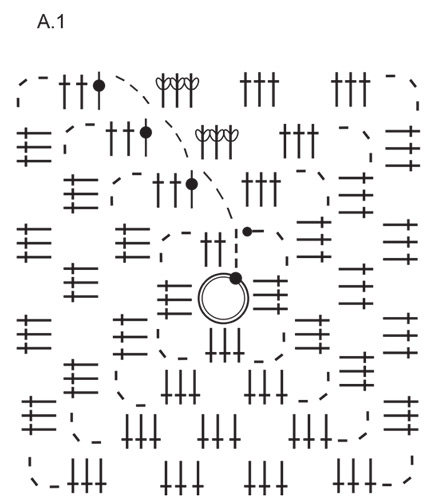
|
|||||||||||||||||||
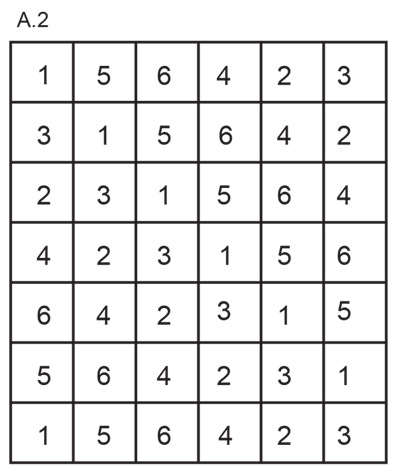
|
|||||||||||||||||||
Dokončili jste tento model?Pak označte své fotky tagem #dropspattern #cuddletimeblanket nebo je pošlete do galerie #dropsfan. Potřebujete s tímto návodem poradit?Otevřete-li si návod na stránce garnstudio.com, najdete tam 8 výukových video-ukázek, Komentáře/Dotazy a další užitečné informace. © 1982-2025 DROPS Design A/S. Vyhrazujeme si veškerá práva. Tento dokument, včetně všech jeho dílčích částí, podléhá autorským právům. Podrobnější komentář k možnostem užití našich návodů najdete dole pod každým návodem na našich stránkách. |
|||||||||||||||||||







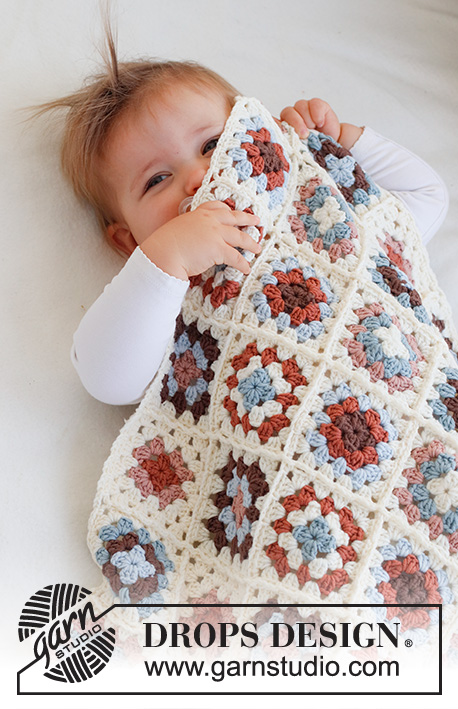
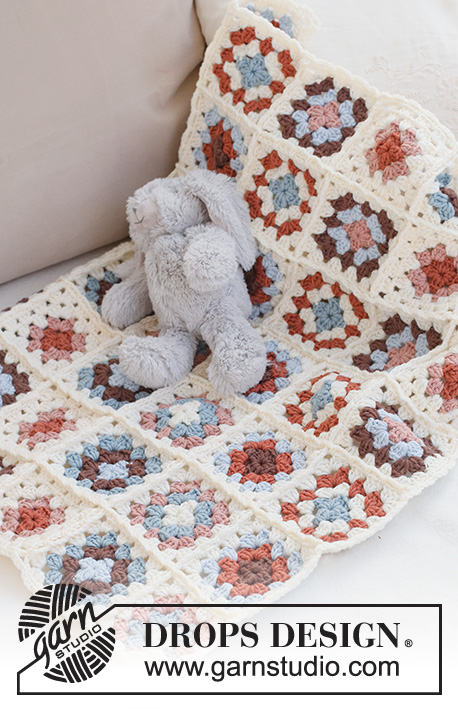

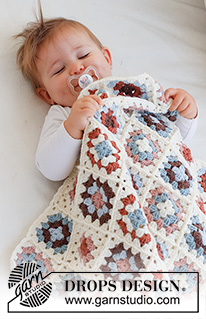
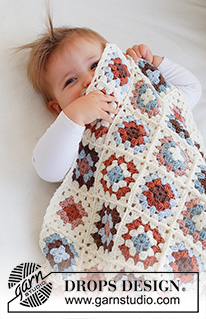
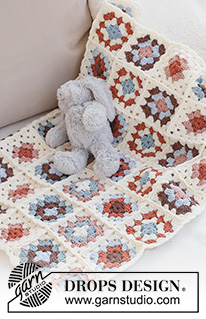






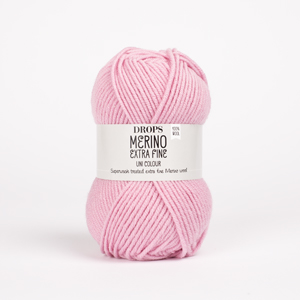
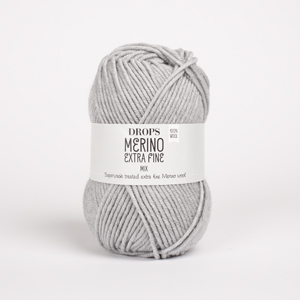
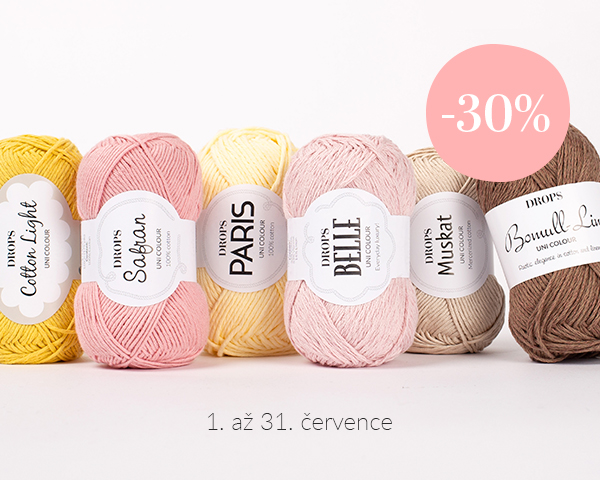














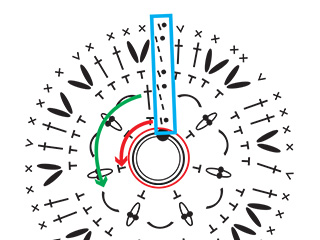





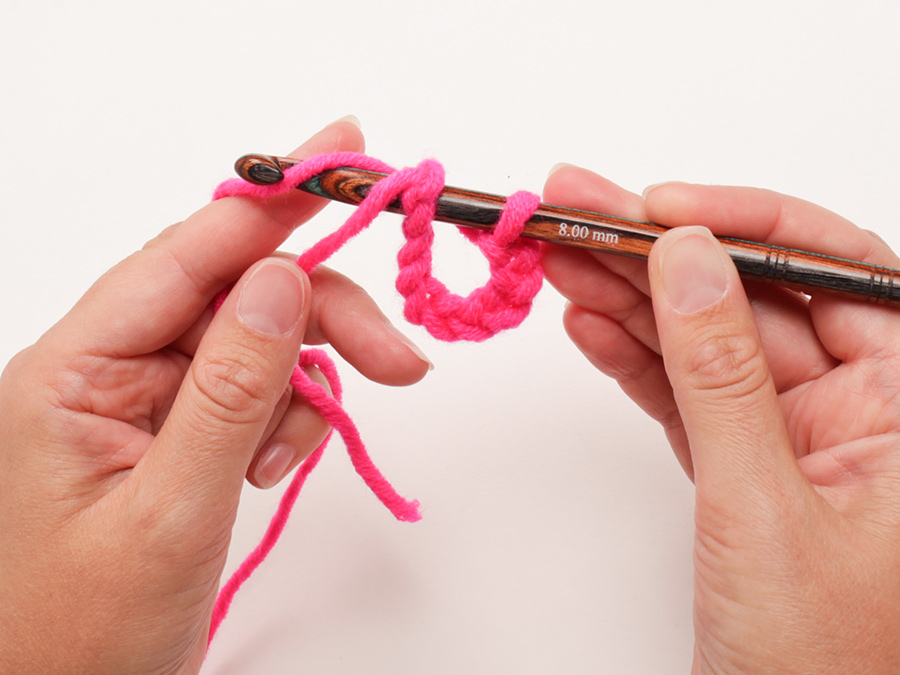

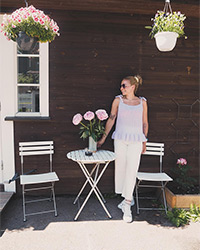
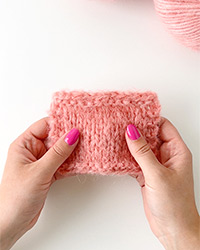
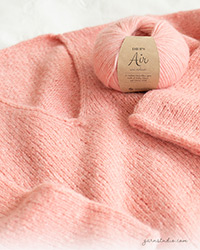


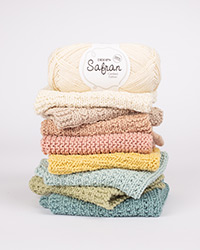
Přidejte komentář k návodu DROPS Baby 42-14
Rádi bychom věděli, co si o tomto modelu myslíte!
Pokud se chcete na něco zeptat, dbejte prosím na to, abyste ve formuláři níže vybrali správnou kategorii - díky tomu se dříve dozvíte, co potřebujete vědět. Povinná pole jsou označena *.